Of course it will; and already been tested in some institutions.
Could quantum computing change the way we look at Financial Services? Frederik Kerling, Business Consultant at Atos, considers its impact in this piece of speculative fiction.


Nice forum on QC Crystal Superconduction in Mar.
From March 8–10, 2017, an International Conference on Crystal Growth is to be held in Freiburg under the auspices of the German Association of Crystal Growth DGKK and the Swiss Society for Crystallography SGK-SSCR. The conference, jointly organized by the Fraunhofer Institute for Solar Energy Systems ISE, the Crystallography department of the Institute of Earth and Environmental Sciences at the University Freiburg and the University of Geneva, is to be held in the seminar rooms of the Chemistry Faculty of the University of Freiburg. Furthermore, the Young DGKK will hold a seminar for young scientists at Fraunhofer ISE on March 7, 2017.
“Whether for mobile communication, computers or LEDs, crystalline materials are key components of our modern lifestyle,” says Dr. Stephan Riepe, group head in the Department of Silicon Materials at Fraunhofer ISE. “Crystal growth has a long tradition and today is still far from becoming obsolete. Materials with special crystalline structure are being developed for applications in high-temperature superconductors through to low-loss power transmission. Artificial diamonds are a favorite choice for building quantum computers. At the conference, the production of silicon, III-V semiconductors and most currently perovskite layers for cost-effective high efficiency tandem solar cells will also be discussed.”
In Freiburg, a close cooperation exists between the Fraunhofer Institutes and the University of Freiburg. For example, at Fraunhofer ISE a doctoral thesis of the University of Freiburg was carried out which investigated how impurities can be minimized during multicrystalline silicon production. In the production process, liquid silicon is melted in a quartz crucible and subsequently solidified. Similar to flour’s function when sprinkled in a baking form, silicon nitride powder acts as a separating agent between the crucible and the silicon. Here the aim is to reduce impurities on the scale of parts per billion, or ppb, to achieve the highest solar cell efficiencies. On a regular basis, student and doctoral degree theses are carried out to address such questions.
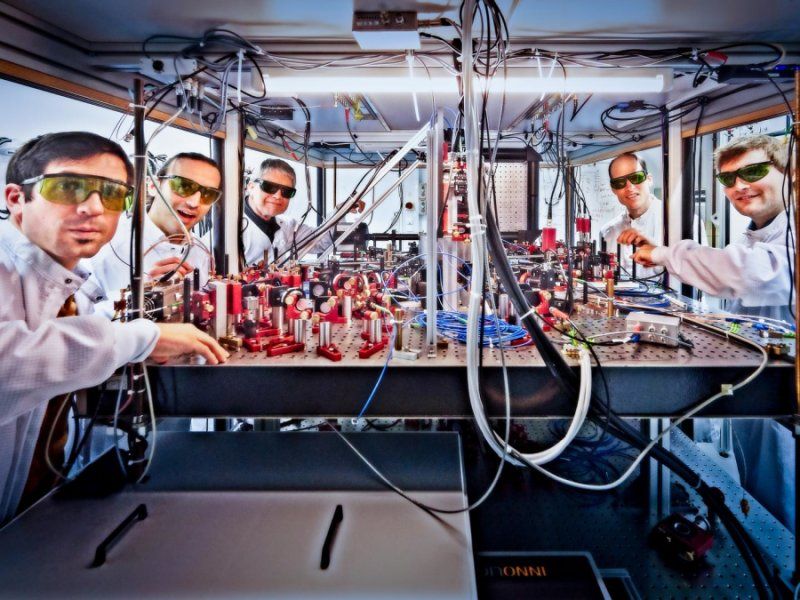
Nice.
Physicists at the University of Bonn have cleared a further hurdle on the path to creating quantum computers: in a recent study, they present a method with which they can very quickly and precisely sort large numbers of atoms. The work has now been published in Physical Review Letters.
Imagine you are standing in a grocery store buying apple juice. Unfortunately, all of the crates are half empty because other customers have removed individual bottles at random. So you carefully fill your crate bottle by bottle. But wait: The neighboring crate is filled in exactly the opposite way! It has bottles where your crate has gaps. If you could lift these bottles in one hit and place them in your crate, it would be full straight away. You could save yourself a lot of work.
Unfortunately, such solutions don’t (yet) exist for half-empty drinks crates. However, physicists at the University of Bonn want to sort thousands of atoms however they like in the future in this way — and in a matter of seconds. Around the world, scientists are currently looking for methods that enable sorting processes in the microcosm. The proposal by Bonn-based researchers could push the development of future quantum computers a crucial step forward. This allows atoms to interact with each other in a targeted manner in order to be able to exploit quantum-mechanical effects for calculations. In addition, the particles have to be brought into spatial proximity with one another.

New Graphene based flash memory card coming.
Dotz Nano (ASX: DTZ) has successfully completed a proof of concept research study into the use of Graphene Quantum Dots (GQDs) in flash memory devices with the Kyung Hee University in South Korea.
GQDs are being developed for use in various applications including medical imaging, sensing, consumer electronics, energy storage, solar cells and computer storage.
Dotz Nano is in advanced negotiations to sign a full licensing agreement with Kyung Hee University related to this technology.
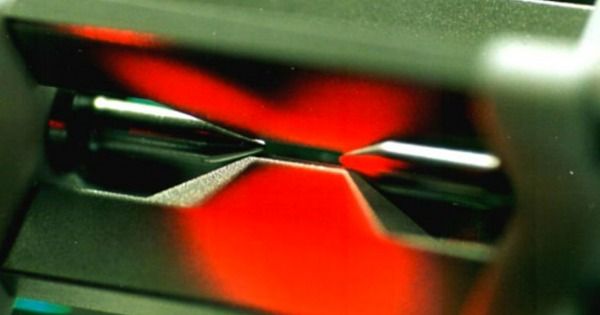
In Brief:
Physicists were able to simulate high-energy experimens thanks to this primitive quantum computer. Prediction of theoretical physics may soon be tested.
Our current computers are not capable of running simulations of high-energy physics experiments. However, quite recently, scientists were able to use a primitive quantum computer in the simulation of the spontaneous creation of particle-antiparticle pairs. This makes it easier for physicists to further investigate the fundamental particles. A research team published their findings in the journal, Nature.
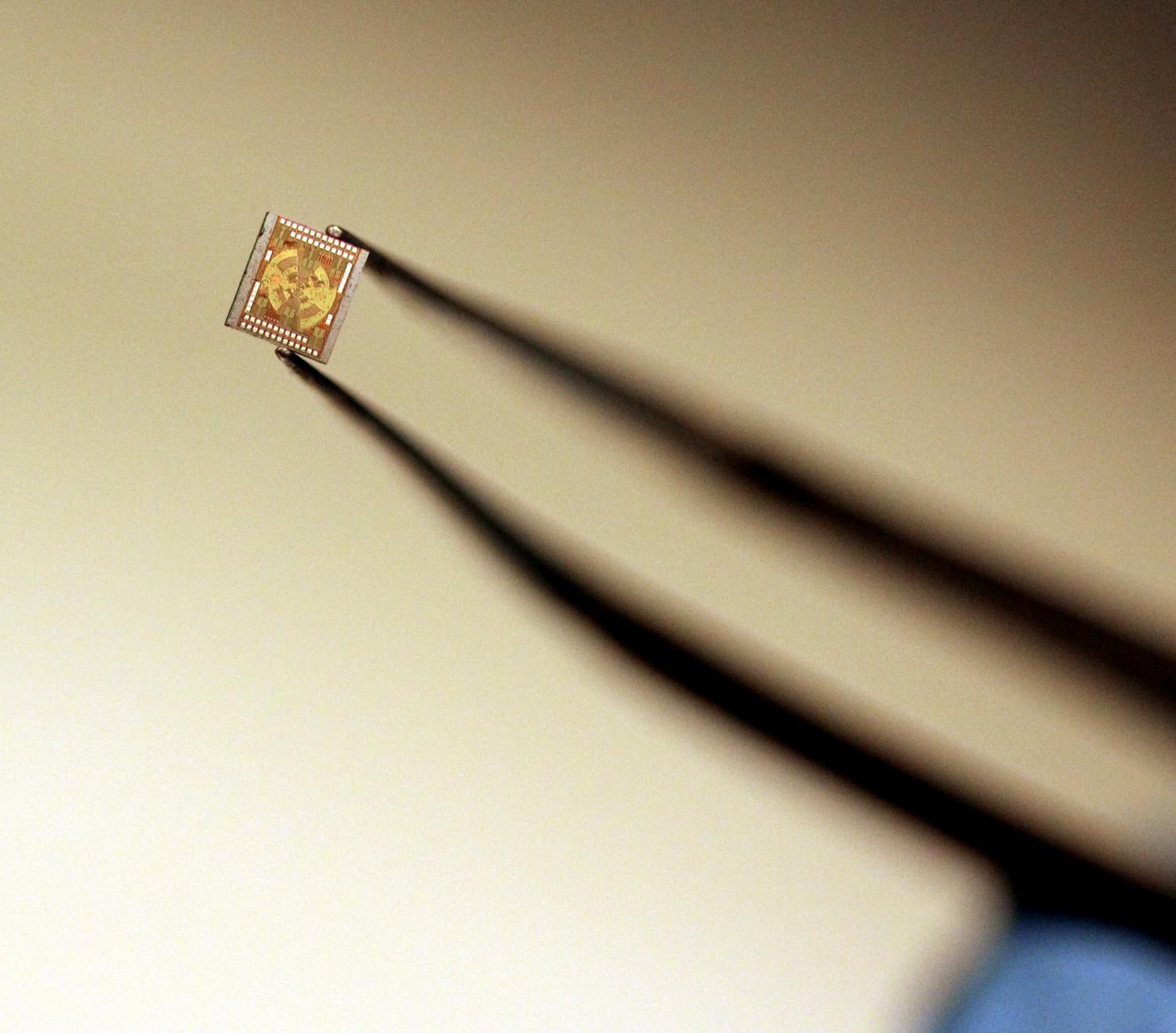
Electromagnetic pulses lasting one millionth of a millionth of a second may hold the key to advances in medical imaging, communications and drug development. But the pulses, called terahertz waves, have long required elaborate and expensive equipment to use.
Now, researchers at Princeton University have drastically shrunk much of that equipment: moving from a tabletop setup with lasers and mirrors to a pair of microchips small enough to fit on a fingertip.
In two articles recently published in the IEEE Journal of Solid State Circuits, the researchers describe one microchip that can generate terahertz waves, and a second chip that can capture and read intricate details of these waves.
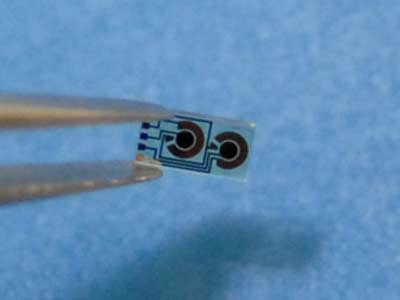
With the work we are doing on cell circuitry technology and Quantum; these implants will become more and more seamless in all living things.
A biosensor developed in Clemson University, South Carolina, funded by the U.S. Department of Defense, will be able to transmit information regarding blood lactate and glucose levels of a wounded soldier or of other injured patients. The biochip will be implanted in the patient’s body for a short time and will wirelessly transmit the levels of lactate and glucose to the medical staff.
The biochip, sized 2mm x 4mm x 0.5mm, is a dual sensing element coated with hydrogels to prevent it from being rejected by human tissue. The sensor has the ability to transmit life saving readings to the medical personnel. The implantation of the chip will only be temporary, although long term biochip implants are also being tested and may be used as a precaution in some cases.
Blood glucose and lactate levels are very important for medical staff in the first stages of dealing with a trauma patient. These measurements can imply what the oxygen level in the patients’ blood is and can indicate the overall metabolic state of the patient. The blood lactate level is sometimes used to determine whether or not a trauma patient can survive surgery. Getting these measurements in real time can help the medics in a hospital or out in the field make decisions much faster and by doing so will help save lives.
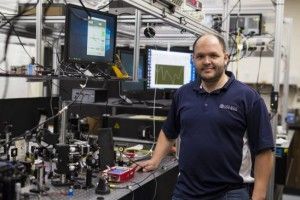
Nice.
Researchers at the University of Central Florida (UCF) in the US are combining nanoscience with the principle of Faraday rotation, a magnetic phenomenon discovered in 1845, in a new method for speedy medical tests.
The team applied the magneto-optical technique, called frequency-domain Faraday rotation spectroscopy—or fd-FRS, to characterize proteins, using antibody-functionalized magnetic nanoparticles (MNPs).
“Fd-FRS is a new way of looking at the interaction between light and magnetized material,” says Shawn Putnam, assistant professor UFC’s College of Engineering & Computer Science. “We covered the surfaces of magnetic nanoparticles with a layer of biological sensors and measured their movement after exposure to their corresponding biological targets for detection.”
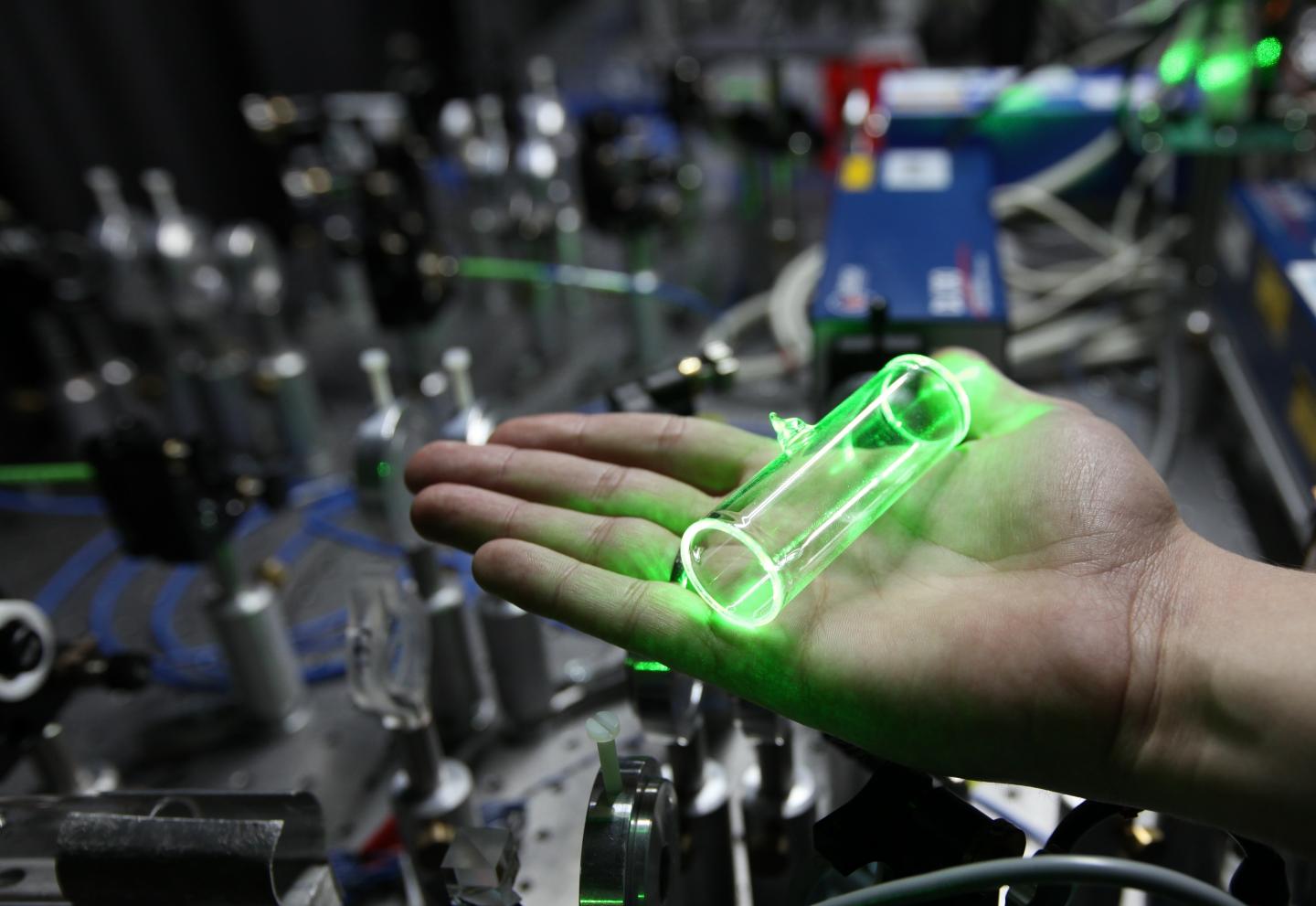
Our story on QC just keeps advancing as I cannot wait to see this technology on our smart devices.
Holographic atomic memory, invented and constructed by physicists from the Faculty of Physics at the University of Warsaw, is the first device able to generate single photons on demand in groups of several dozen or more. The device, successfully demonstrated in practice, overcomes one of the fundamental obstacles towards the construction of some type of quantum computer.
Completely secure, high-speed quantum communication, or even a model of quantum computer, may be among the possible applications for the new source of single photons recently built at the Faculty of Physics at the University of Warsaw (UW Physics), Poland. An unprecedented feature of this new device is that for the first time it enables the on-demand production of a precisely controlled group of photons, as opposed to just a single one.
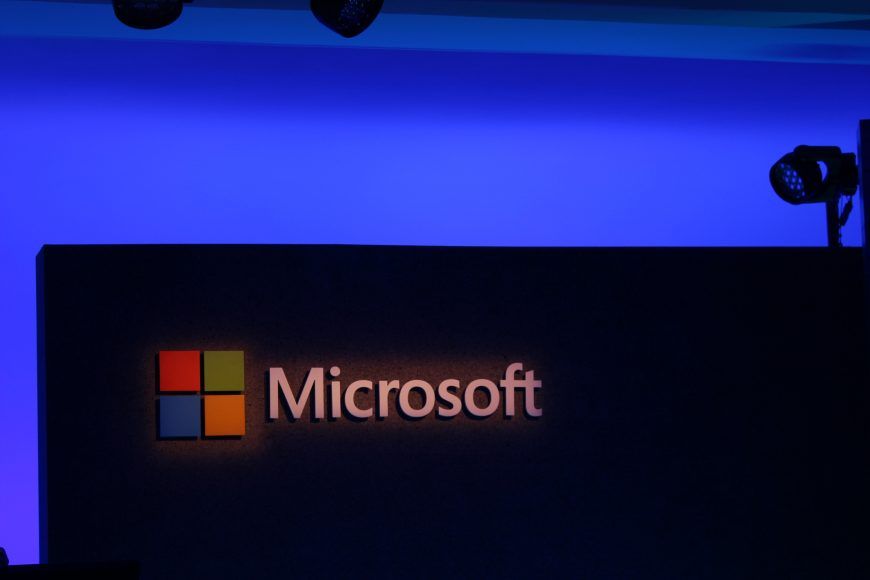
Off to the races again; hope folks are onboard. Quantum Bio will grow in importance; and you were warned.
Microsoft today announced that they have open sourced Bio Model Analyzer, a cloud-based tool which allows for biologists to model cell interaction and communication. This latest move is one of the many Microsoft Research initiatives which aims to help lab experts use computer science to speed up breakthroughs in cancer research and treatment.
According to the post, the Bio Model Analzyer (BMA) allows for researchers and science to compare the normal processes of healthy cells to the abnormal processes that occur when disease infects the body. Set against more traditional methods, when using computers, researchers can quickly explore many more possibilities than were previously possible. Jasmin Fisher, a Senior researcher in the programming principles and tools group in Microsoft’s Cambridge, U.K explains in the post:
“That, in turn, can speed up research in areas like drug interaction and resistance, and it could eventually provide patients with more personalized and effective cancer treatments… We are trying to change the way research is done on a daily basis in biology.”